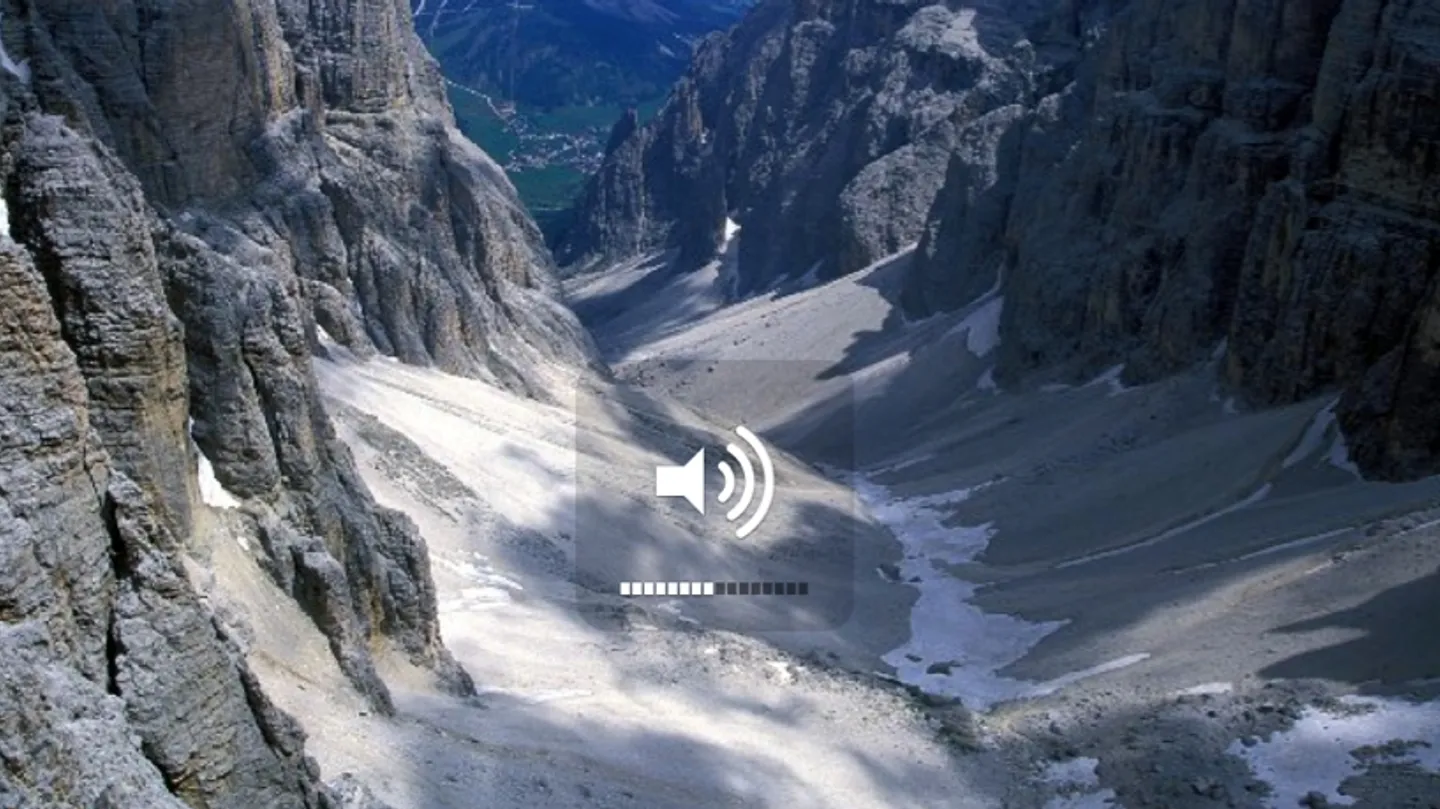
Listen n.2
About artwork
Provenance
Tech info
About
INTRODUCTION The Listen project arose from the desire to create a work from a sound stimulus. The final work is represented by the responses to the sound stimulus of three selected subjects, and subsequently processed into a video. The images, therefore, are closely linked to the sound and created through emotional exchanges between different individuals, from the perceptual stimulus a different type of relationship, of language, starts. The experimentation is divided into 4 phases - the first phase is the choice of the stimulus, made by the artist; - the second phase is the email correspondence of 'questions' and 'answers' with the selected subjects; - the third phase is the coding of the answers; - the fourth and final phase of restitution, through the audiovisual medium. UNFOLDING STEP 1 - Choice of stimulus I used 10 images as stimuli. The 'questions' are therefore intended as visual stimuli. Through research related to certain types of human emotions, I chose images on the web but also made them ad hoc. The intention is to appeal to more senses than just the visual one. A symbol-type representing sound has always been applied to the image. The photos contain an input that invades part of the image and is the symbol of sound, the loudspeaker. STEP 2 - Correspondence Through an exchange of emails, I sent every Monday of the week, the image to the experimental sample of 4 people. I asked them to look at the image and send me a response by the following Sunday. While the language used in the questions was visual, the response requested was of a different type, involving the use of sound. STEP 3 - Encoding Once all the audio recordings were obtained, I addressed to myself the sound stimuli sent by the subjects and, taking into account the image I had initially used as a stimulus, I gave a further interpretation by reworking the material into a moving image.






















